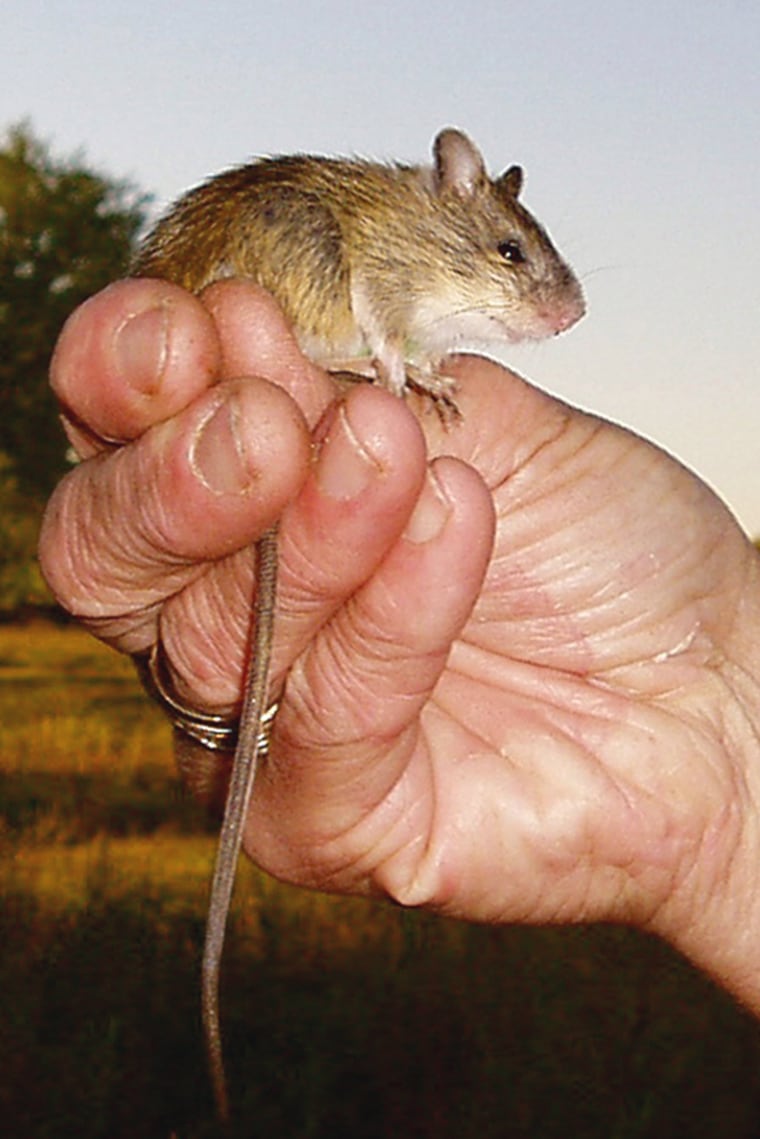The tiny Preble's meadow jumping mouse illustrates what's wrong with the Endangered Species Act, a California congressman said Monday, calling the law ineffective.
Rep. Richard Pombo and fellow Republican Rep. Marilyn Musgrave of Colorado appeared at a field hearing of the House Resources Committee, which Pombo chairs, to discuss the impact of the mouse — an endangered species — and the federal law.
The mouse has become a symbol of a broader debate between property-rights advocates who want to scale back the Endangered Species Act and wildlife advocates who want to ensure enforcement of the law is based on science, not politics.
Nearly 31,000 acres in Colorado and Wyoming have been designated as critical habitat to help the mouse recover, resulting in federal restrictions on how the land is used.
Those restrictions have been blamed for blocking or adding to the cost of construction and water projects along Colorado's Front Range and in southeastern Wyoming.
Critics denounced Monday's hearing as election-year politics. Pombo and Musgrave are seeking re-election and both support a bill overhauling the Endangered Species Act that was passed by the House but is stalled in the Senate.
Musgrave denied that politics were behind the hearing, which drew mostly people who want the mouse removed from the endangered species list.
"It's very important to evaluate the effect the Endangered Species Act has had on hard-working Coloradans," Musgrave said.
A fierce dispute arose earlier this year about whether the Preble's mouse is a distinct creature with a dwindling population or is the same as a more common species that does not need protection.
The U.S. Fish and Wildlife Service is considering whether the 3-inch mouse — which can jump 18 inches high — should stay on the endangered species list.
Pombo, who has drawn the wrath of environmentalists in the past, said only 10 out of about 1,300 species listed under the act have come back.
"After more than three decades the Endangered Species Act has given wildlife very little to cheer about," he said.
That's the wrong measuring stick to use, said Sylvia Fallon, a conservation genetics fellow with the Natural Resources Defense Council.
"The Endangered Species Act has been 99 percent successful in preventing extinction. Ninety-nine percent of the plants and animals that have been added to the list have not gone extinct," Fallon said in a phone interview from her Washington office.
Fallon said it generally takes 50 years for a species close to extinction to rebuild its numbers.
